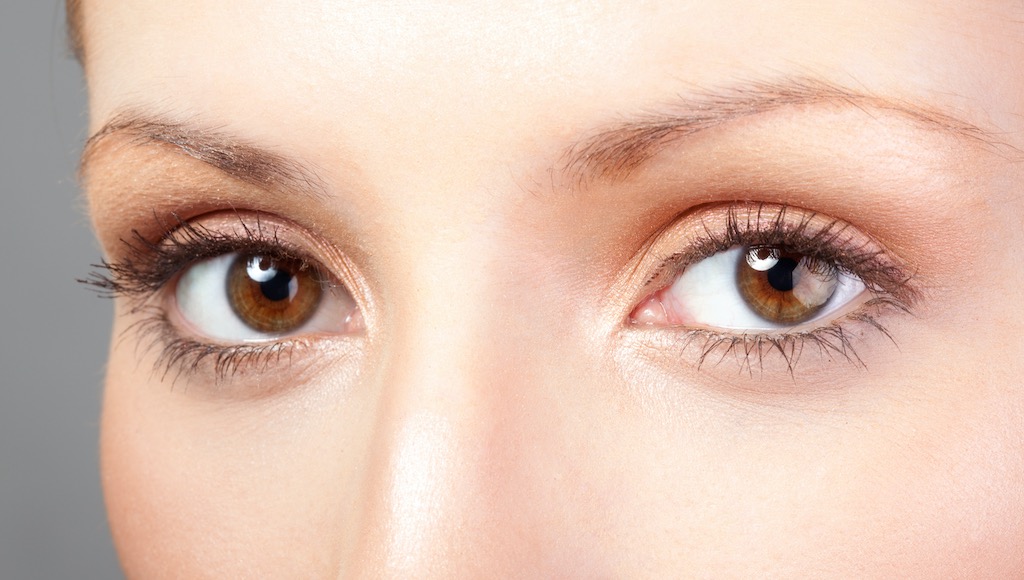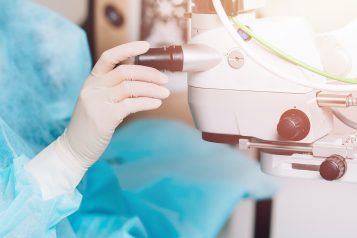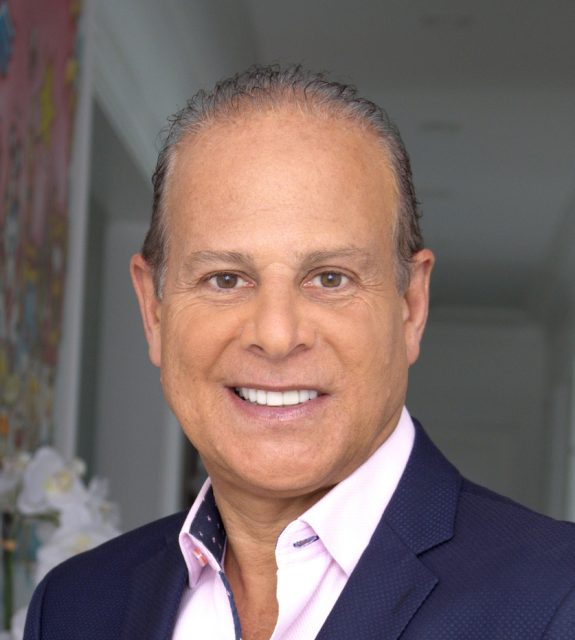
Dr. Gary Linkov is a dual Ivy League-educated facial plastic surgeon. A native of New York, he graduated as salutatorian from Cornell University with a focus on psychology. Before, during, and after his undergraduate years, Dr. Linkov pursued advanced art training in painting, sketching, and sculpture, including a six-week scholarship program in Florence, Italy at the Lorenzo de’ Medici Italian International Institute. Haute Beauty chats with Dr. Linkov to learn more about eyebrow hair transplants.
HB: What is an Eyebrow Transplant?
An eyebrow transplant takes hair from the back of the head, typically, and transfers it to the eyebrows. Once the transplanted eyebrow hairs start to grow, they will continue to get longer and will remain permanently. Though seemingly a straightforward procedure, an eyebrow hair transplant is a very meticulous surgery that demands proper knowledge of hair direction, angulation, and brow anatomy.
HB: How does the eyebrow transplant procedure work?
There are two ways to harvest the hairs from the donor area which is usually from the back of the head, each with their advantages and disadvantages, these include:
FUE (follicular unit extraction)
Hair is removed one by one using a manual punch, powered punch, or robotic punch.
Advantages:
-Ease of recovery
-Lack of linear scar
Disadvantages:
-Longer time on stomach during extraction
-Hairs are cut short which may affect planting for eyebrows
FUT (follicular unit transfer)
Hair is removed as a strip excised from the back of the head and sutures used to close the wound.
Advantages:
-Faster process
-Hairs can be left longer which may help during planting to see the curl of the hair
Disadvantages:
-Linear scar
-Longer, more painful recovery
As far as graft number is concerned, anywhere from 100-350 grafts are used per eyebrow.
Once the hair is removed it is then processed to separate hairs into 1 and 2 hair grafts, as thicker grafts can cause an unnatural appearance when implanted. Sometimes 3 hair grafts can be used where density is needed. Next, recipient sites are made into the eyebrow once it has been numbed. These sites need to be very acute so that the hairs eventually grow in a natural fashion and not straight out of the skin in a perpendicular way. Once the sites are made, the hairs are then carefully placed into the sites and oriented properly so that the curl of the hair faces down.

HB: How long is the procedure?
You will first undergo the FUE or FUT extraction portion of the procedure by laying on your stomach or sitting, depending on the extraction method. If you are face down, the drawn markings will be protected using a non-stick pad. Once the grafts are removed you will then turn onto your back, to allow for recipient site creation and then placement of the grafts. The overall process may take a few hours for smaller cases, up to six hours for larger cases.
HB: When should someone seek a doctor if they are struggling with hair loss in their eyebrows?
As soon as a noticeable change in hair density occurs, a person should seek out a doctor to find out the underlying cause of the eyebrow hair loss. Certain conditions may not be eligible for an eyebrow hair transplant.
HB: Does this treatment require multiple procedures to get the desired results?
One procedure will typically generate great results. However, a subset of patients will benefit from a touch-up procedure at 10-12 months for small areas where hair may not have grown in completely.
HB: Are results permanent?
Once the transplanted eyebrow hairs start to grow out they are permanently there. If the procedure was done on a poor surgical candidate (see contraindication section below) then there is risk of losing the hairs.
HB: How long is the recovery period after the transplant procedure?
Bleeding, swelling and bruising are all possible after an eyebrow transplant. The most important precaution in the recovery phase of an eyebrow transplant is not to get the transplanted hairs wet for the first five days. This allows them to set in the proper orientation and to eventually grow. After about three weeks the shafts of the transplanted hairs will usually fall out and hair regrowth starts at 4-6 months with final results assessed at one year. An oral antibiotic and topical antibiotic (for the donor area) are provided as well.
Once the hairs begin to regrow, you will need to trim the hairs two or three times a month, as needed. Hair gel or eyebrow gel may be needed to train a few of the hairs to grow flat along the forehead in the ideal direction.
HB: How much does the procedure cost?
While most hair transplants are priced per graft, the eyebrow transplant is usually a flat fee per case. This is because while the graft count may not be much compared to a scalp case, the extreme attention to detail and skill level necessary warrant a minimum fee. The average eyebrow transplant cost in NYC ranges from $3500 (for a touch-up procedure) to $5000-$8000 for a full case.
























